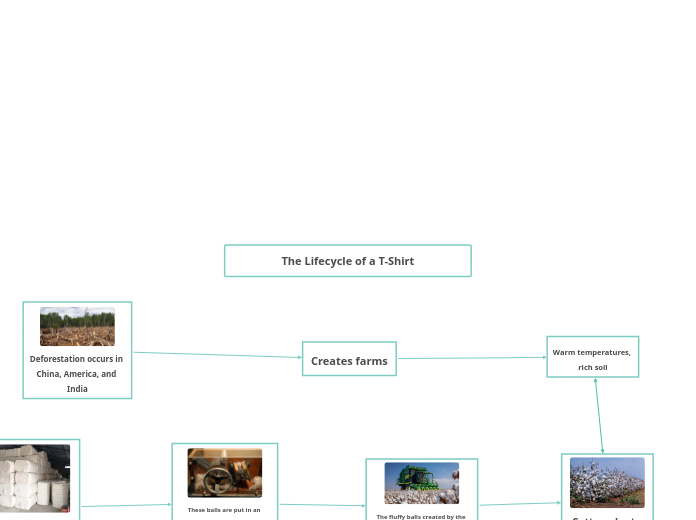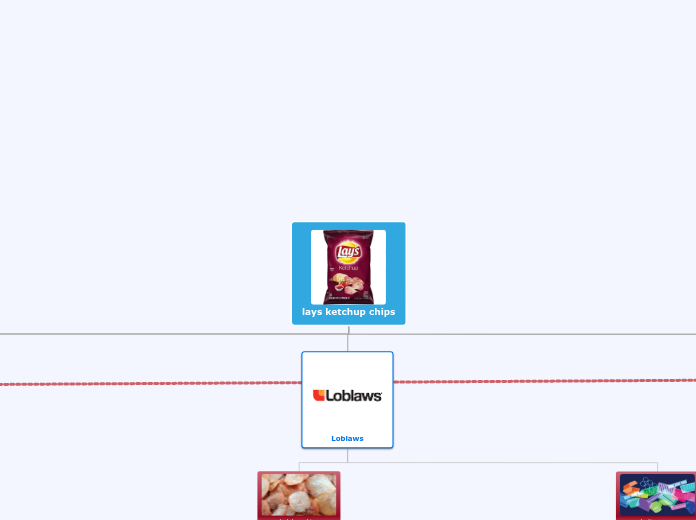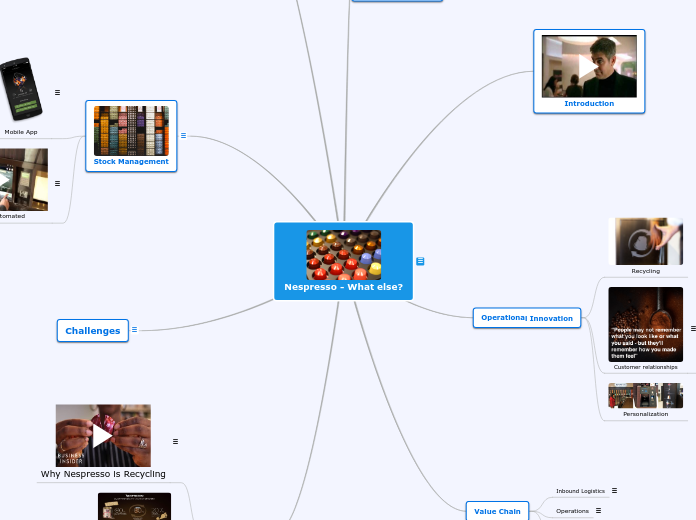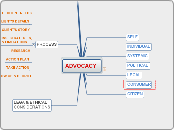The shirt gets disposed of
either through a landfill,
incinerator, other methods,
or it's recycled
Consumer decides to
throw out the shirt
At the consumer's home
the shirts are constantly being
worn, washed and dried.
The shirt gets bought
The costs of t-shirts are largely externalized
Once the t-shirts arrive on land,
they are transported by trucks and
maybe trains, eventually making
their way to stores.
The boxes are put in
large shipping containers
and then brought to Canada
by cargo ships.
Next, the clothes are stored
into warehouses until ready
to be shipped
The clothes are packaged
into polybags and/or
cardboard boxes
Deforestation occurs in China, America, and India
Creates farms
Warm temperatures, rich soil
The cotton is organized into 225 kg bales
These balls are put in an industrial cotton gin, which separates the seeds from the balls, creating pure cotton.
The fluffy balls created by the cotton plants are then harvested by tractors.
Cotton plants are grown.
Add text
The cotton bails are shipped to a spinning facility
The cotton is blended, carded, combed, pulled, stretched, and finally twisted by high-tech machines, which the convert the material into ropes of yarn called slivers.
The slivers are transported to mills
At the mills, the slivers are woven by large and circular knitting machines into sheets of rough, grey fabric
Heat and chemicals are used to turn the fabric more soft and white
The new fabric is dipped into bleach and then azo dyes (to give it colour)
They are then transported to factories usually in China, India, Bangladesh, or Turkey
Human labour is needed to stitch up the fabric into t-shirts
Summary
The Lifecycle of a T-Shirt









